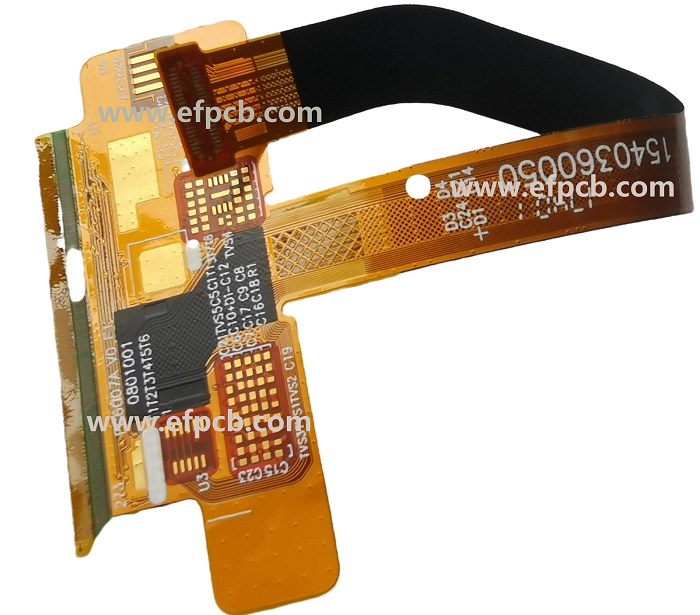Get Exposed to the Importance of Flexible PCB

Keywords: Flexible PCB, Flex Circuits Board
Flexible PCB Characteristic:
A Flexible PCB (printed circuit board) is an electrical circuit that to electrical components provides mechanical support which is connected through conductive copper wires. In various electronic projects, it is the basic building block and it opens the door for small, compact, and less erratic designs.
There is the evolution of PCBs from years that you see today. They have evolved into a more sophisticated circuit board when compares with the circuit boards installed in TVs of the 1990s with the ones available in modern LED designs and smartphones.
Flex Circuits Board Advantages and applicatons
The categorization of PCB boards is done into different types including single layer, double layer, multiple layers, and rigid, flexible, rigid-flex, and aluminum circuit boards. Here we will know about the cover flexible circuit boards.
Flexible PCB develops and gets a wide range of applications that own to its remarkable benefits that include flexible structure, small volume, and lightweight, compatible with electronics development trend towards miniaturization. Flexible PCB is also capable of implementing dynamic flexibility, curling, and folding Apart from static flexibility improves the freedom degree of circuit design and mechanical design and they are capable of expanding towards 3D space.
However, you can perform tracing on X, Y, and Z surfaces with connection points decreasing, which then can both decrease machine work and assembly errors and improves the reliability and stability of the whole system dramatically applied by electronic devices. As a result, in fields such as communicators, instruments, healthcare devices, computers, military, aerospace, etc. Flex Circuits Board is widely applied. Furthermore, new application fields of flexible PCB include repeaters, digital cameras, wireless floating heads, cell phones, flat-panel displays, and HDI. PCB dramatically led flexible PCB to rapidly flourish and account for an increasing portion of the whole PCB industry.
Structure of Flexible PCB
Flexible PCBs can be classified into the following categories by structural types:
a. Single-side flexible PCB features a simple structure and can be easily fabricated.
b. Double-side flexible PCB features a far more complicated structure when compared to single-side flexible PCB and it calls for more control difficulties.
c. multi-layer flexible PCB, which features a more complicated structure compared to 2-layer flexible PCB, and its fabrication quality is very much difficult to control.
d. Double-side rigid-flex PCB
e. multi-layer rigid- Flexible PCB
- 1HDI PCB Market Outlook 2025: Future Prospects, Growth Analysis & Innovations
- 2HDI PCB Design Comprehensive Guide: Mastering High Density Interconnect Technology in 2025
- 3IC Substrate | Comprehensive Guide (2021)
- 4The Impact of Trump's Tariff Policy on Chinese PCB Industry and Countermeasures
- 5PCB core raw material CCL
- 6How to Make mSAP PCB?
- 7Top HDI PCB Manufacturers (2024)
- 8Top 10 IC Substrate Fabricators (2024)
- 9Understanding UL 94V-0 Flammability Rating for Printed Circuit Boards (PCBs)
- 10Probe Card PCB is A Significant Aspect of Semiconductor Wafer Test System

- Skype ID: shawnwang2006
- Phone No。: +86-755-23724206
- Email: sales@efpcb.com
- Quick Contact
